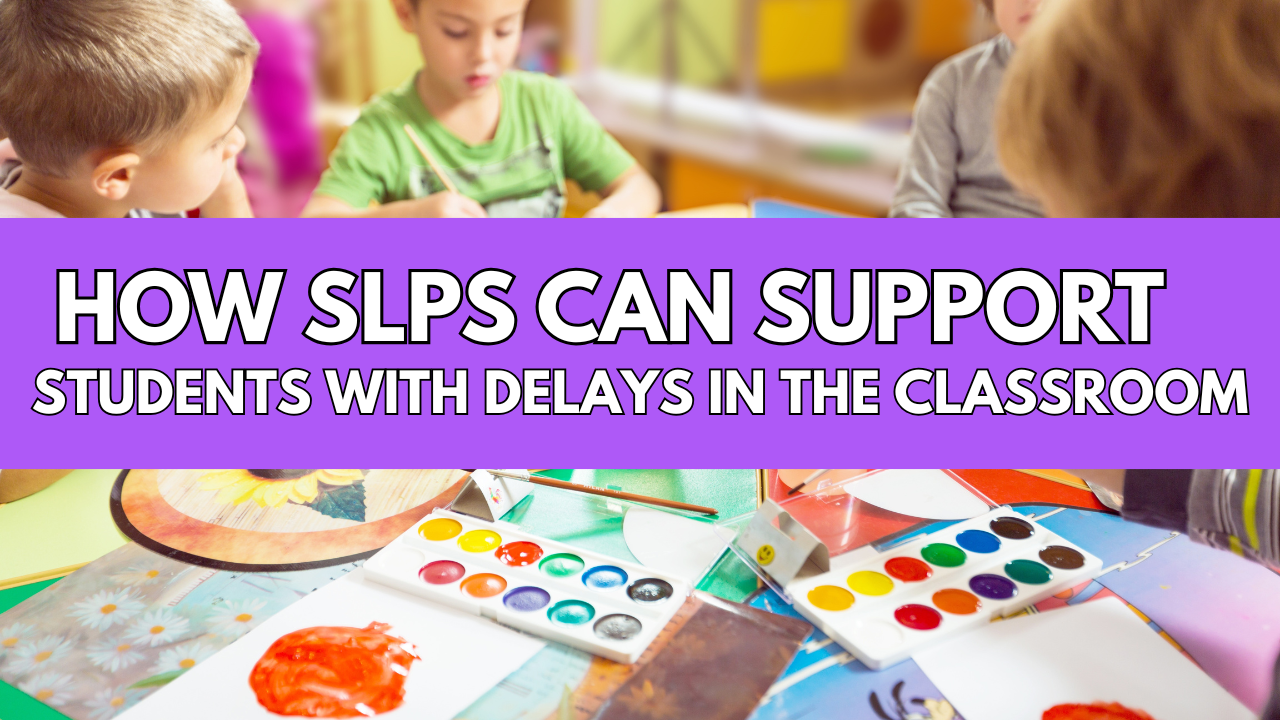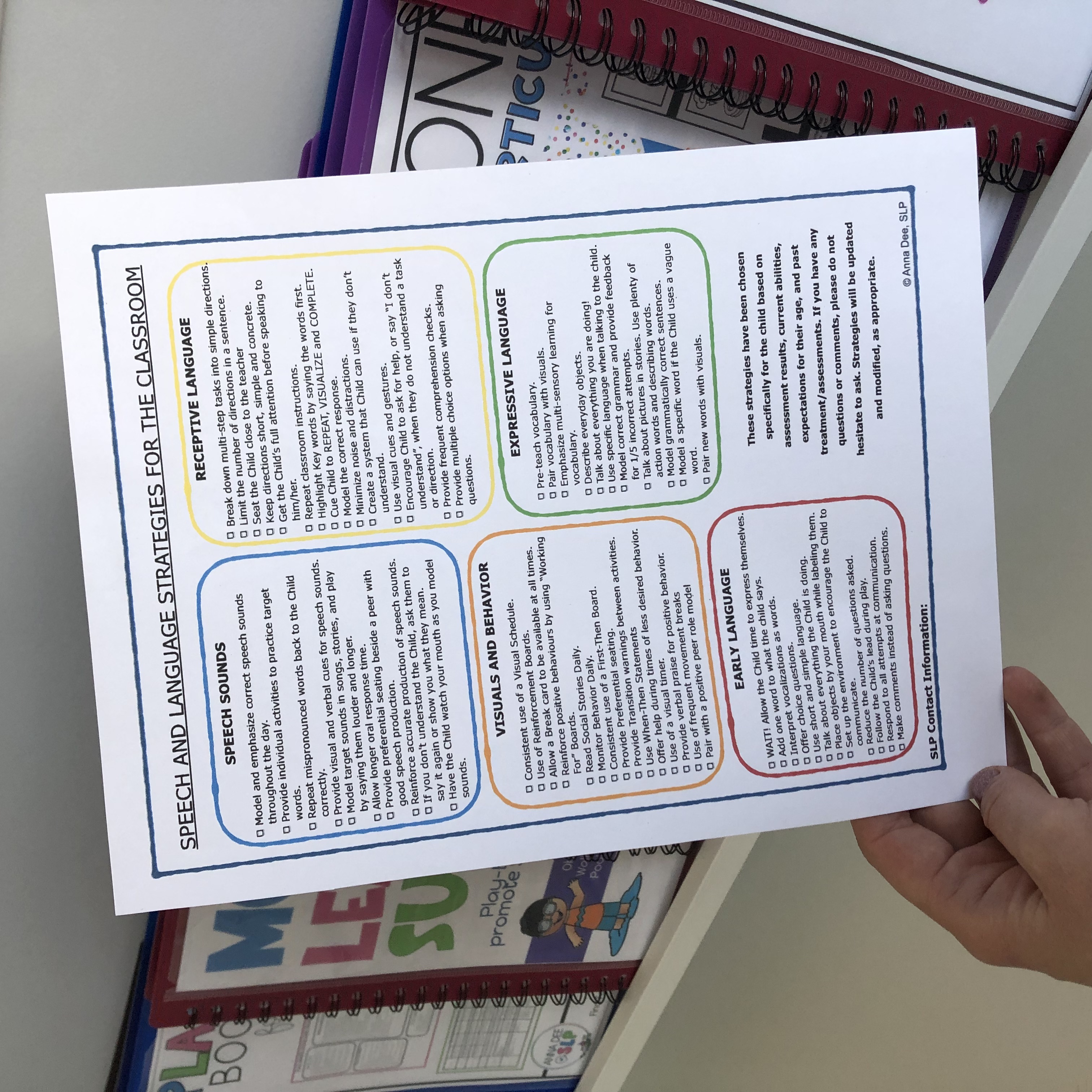How SLPs Can Support Children with Speech and Language Delays in the Classroom

Students with speech and language delays often face unique challenges in the classroom. The nature and extent of these challenges depend on their specific needs, and no two students present the same way. As Speech-Language Pathologists, we play a vital role in helping them succeed—not just in therapy sessions, but throughout their entire school day.
Here’s a practical roadmap for supporting children with speech and language delays in the classroom so they can participate, learn, and thrive.
1) Share and Explain the Diagnosis with the Teacher
When a teacher understands a student’s diagnosis and its functional impact, they are better equipped to support them. Take the time to explain what the diagnosis means in everyday classroom life, highlight the child’s strengths, and outline areas that require extra support. This conversation builds understanding and helps the teacher feel confident in applying strategies.
2) Share Practical, Child-Specific Strategies
Provide the teacher with easy-to-use strategies that are tailored to the child’s needs. Written checklists or quick reference sheets can be especially helpful. If possible, model these strategies in the classroom so the teacher can see them in action. For example, my free checklist covers strategies for receptive language, speech sounds, visuals and behavior, expressive language, and early language - making it simple for teachers to put ideas into practice right away. Snag it by signing up for the email list (below!).

3) Explain the Student’s Goals and How to Target Them in Class
Classroom teachers often want to help but aren’t sure how to fit therapy goals into daily routines. Review each goal in clear, jargon-free language, then brainstorm ways to address them during everyday activities like center time, snack time, or group work. Connecting goals to existing classroom routines makes them more achievable and consistent.
4) Follow Up Regularly with the Teacher
Ongoing communication keeps support strong. A quick email, hallway chat, or classroom pop-in shows the teacher that they’re not alone in implementing strategies. These check-ins allow you to provide feedback, answer questions, and adjust recommendations as the child’s needs evolve.
5) Ask the Child What They Need
If the child is old enough to share, ask them directly what would help them in the classroom. Sometimes their perspective can reveal barriers you hadn’t noticed. Even simple responses—like wanting help with writing words on the board or remembering multi-step instructions—can guide more effective support strategies.
Supporting students with speech and language delays in the classroom is all about collaboration, communication, and consistency. When SLPs, teachers, and students work together, the classroom becomes a place where every child can learn and participate fully.
Want more tips, tricks, and Play-Based FREEBIES delivered right to your inbox? Sign up for the email list below!
Let's stay connected!
Join the mailing list to receive updates with new freebies, promos, and specials!
Don't worry, your information will not be shared.
We hate SPAM. We will never sell your information, for any reason.


